Invited Plenaries
Prof Andrew Forbes (University of the Witwatersrand, South Africa)
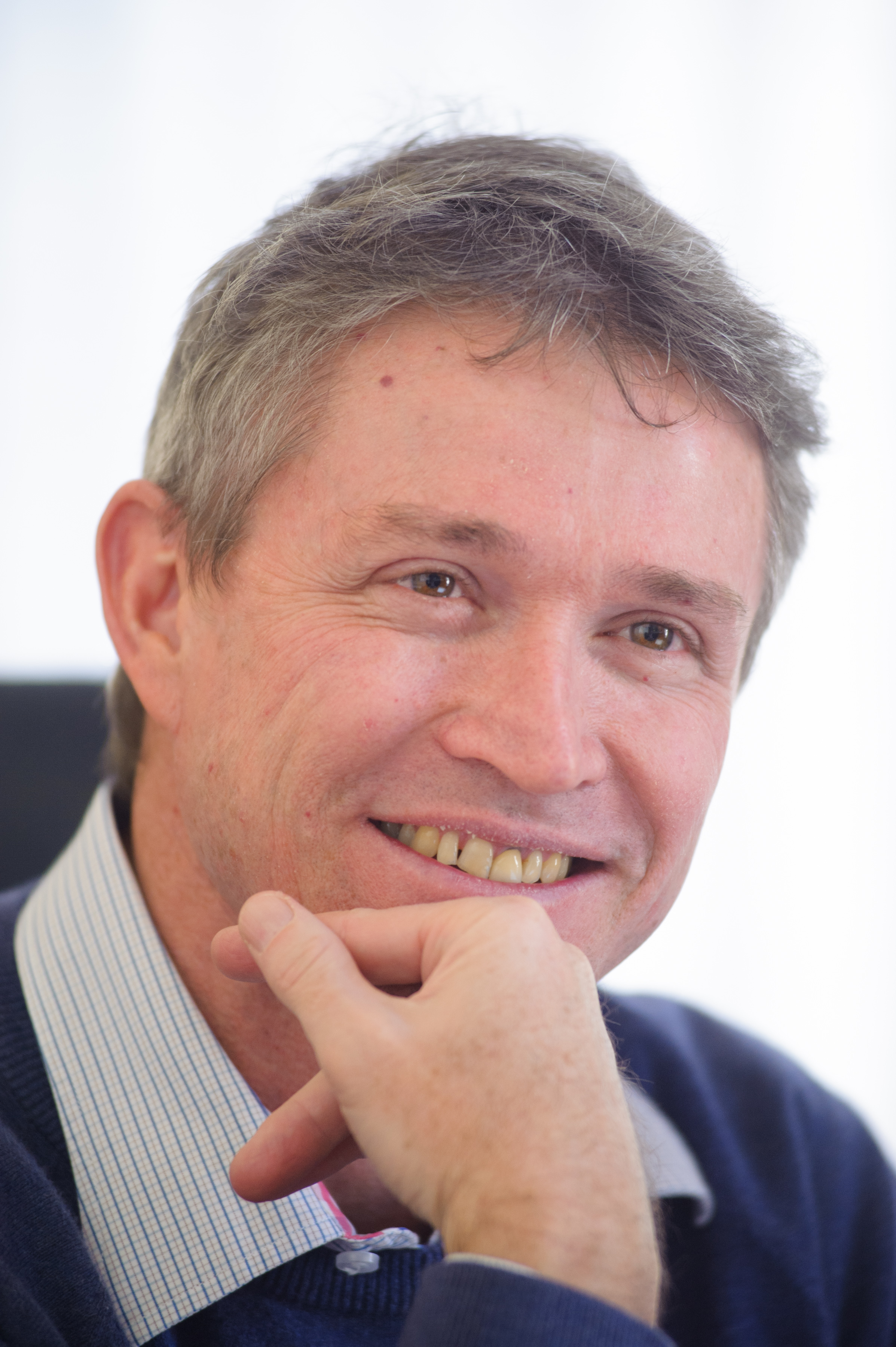 Biography:
Biography:
Andrew has at various times in his career found himself as teacher, janitor, secretary, receptionist, web-master, systems engineer, sales rep, manager, director, and sometimes a scientist. Andrew is presently a Distinguished Professor within the School of Physics at the U. Witwatersrand (South Africa) where in 2015 he established a new laboratory for Structured Light. Andrew is active in promoting photonics in Africa, a founding member of the Photonics Initiative of South Africa and initiator of South Africa’s Quantum Roadmap. He is a Fellow of SPIE, the OSA, the SAIP, and an elected member of the Academy of Science of South Africa. He holds an A-rating by the South African NRF, 3 honorary professorships, is editor-in-chief of the IoP’s Journal of Optics and sits on the editorial board of three other international journals. Andrew has won several awards, including the NSTF national award for his contributions to photonics in South Africa, the Georg Forster prize from the Alexander von Humboldt Foundation for outstanding contributions to photonics, and the SAIP Gold Medal, the highest award for physics in South Africa, making him the youngest winner to date. Andrew spends his time having fun with the taxpayers’ money, exploring structured light in lasers as well as classical and quantum optics.
Prof Gotthard Seifert (Technische Universität Dresden, Germany)
Biography:
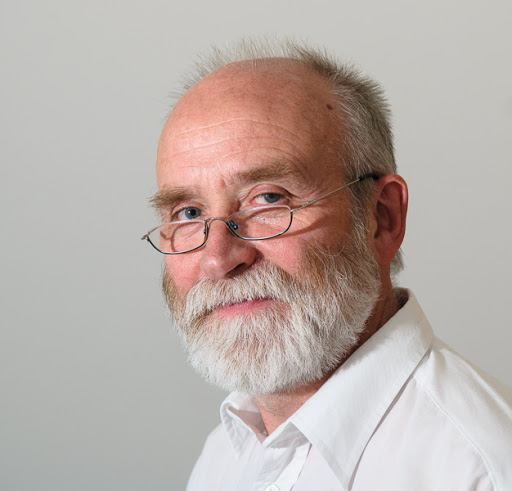 Prof. Gotthard Seifert got the Diploma degree in Chemistry at Technische Universität Dresden in 1975. In 1979 he graduated with a summa cum laude Ph.D. at TU Dresden. Prof. Seifert rehabilitated in Theoretical Physics at TU Dresden in 1988. From 1979 – 1992 he worked as PostDoc-researcher at TU Dresden, Department of Physics. From 1992 – 1998 he had the position of a lecturer at the Institute of Theoretical Physics at TU Dresden. In 1995 he became an Associate Professor. From 1998 – 2001 he worked at the University of Paderborn, Institute of Theoretical Physics. In 2001 he became a full Professor for Physical Chemistry at TU Dresden and in 2012 a full Professor for Theoretical Chemistry at TU Dresden. Since 2018 he is acting as a Senior Professor at the TU Dresden. Fields of research interests are in the areas of Quantum Chemistry, Cluster Physics & Chemistry,
Prof. Gotthard Seifert got the Diploma degree in Chemistry at Technische Universität Dresden in 1975. In 1979 he graduated with a summa cum laude Ph.D. at TU Dresden. Prof. Seifert rehabilitated in Theoretical Physics at TU Dresden in 1988. From 1979 – 1992 he worked as PostDoc-researcher at TU Dresden, Department of Physics. From 1992 – 1998 he had the position of a lecturer at the Institute of Theoretical Physics at TU Dresden. In 1995 he became an Associate Professor. From 1998 – 2001 he worked at the University of Paderborn, Institute of Theoretical Physics. In 2001 he became a full Professor for Physical Chemistry at TU Dresden and in 2012 a full Professor for Theoretical Chemistry at TU Dresden. Since 2018 he is acting as a Senior Professor at the TU Dresden. Fields of research interests are in the areas of Quantum Chemistry, Cluster Physics & Chemistry,
Computational Materials Research, Nanostructures. From 2011- 2016 Prof. Seifert was a member of the advisory board of the Max Planck Institute “Physics of Complex Systems” Dresden, from 2012 – 2016 member of the DFG Review Board (Chemistry), and since 2013 member of the Advisory Board “Gerhardt Schmidt Minerva Center”. He is a reviewer for the Deutsche Forschungsgemeinschaft DFG, for the Alexander von Humboldt Stiftung, the Royal Society, the Italian National Research Council CNR, the National Science Foundation NSF, reviewer for several Journals, e.g. Physical Review, Physical Review Letters, Journal of Physical Chemistry, Journal of Physics, Chemical Physics Letters. He organized several conferences and workshops about Nanostructures. He was the Chair of the Materials for Energy Research Group (MERG) at the University of the Witwatersrand (Johannesburg, South Africa).Prof. Gotthard Seifert published in total more than 400 publications. His papers have been cited about 25000 times since 1976. Prof. Seifert’s H factor is 80 according to Web of Science.
Dr. Olga Shenderova (Adámas Nanotecnologies Inc., Raleigh, USA,)
Biography:
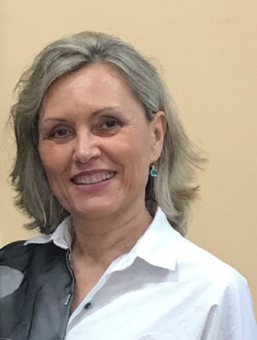 Dr. Olga Shenderova has a diverse skill set ranging from a computational materials scientist to an experimentalist developing novel nanomaterials and to an entrepreneur founding a company to commercialize novel nanotechnologies. Carbon nanomaterials have been the focus of her research, with specific emphasis on the nanoscale diamonds. The nanodiamond material developments have been empowered by her background in computational material science at the beginning of her research career at North Carolina State University, where she performed atomistic simulations of morphology and surface reconstructions in nanodiamond particles. Later, when working at the International Technology Center, NC, she gained experience as an experimentalist and led the development of nanodiamond nanocomposites and nanofluids. Currently, she is President of Adámas Nanotecnologies Inc., Raleigh, USA, where one of the focuses of her team is the development of multicolor fluorescent nanodiamonds with enhanced spin properties and 13C hyperpolarizability. Through commercialization, these material developments become immediately available to a wide range of physicists and life scientists enabling quantum sensing and multi-modality imaging applications. She has given more than 100 invited talks, authored over 220 papers in peer-reviewed journals, and edited 5 books related to nanodiamonds. She has 25 patents on nanodiamond. She received the Nerken Award, 2014 for scientific and technological developments of nanodiamond from the American Vacuum Society, a member society of the American Institute of Physics. She is an editorial member of the Journal of Diamond and Related Materials (Springer) and an organizer of numerous conferences on nanodiamond research and applications.
Dr. Olga Shenderova has a diverse skill set ranging from a computational materials scientist to an experimentalist developing novel nanomaterials and to an entrepreneur founding a company to commercialize novel nanotechnologies. Carbon nanomaterials have been the focus of her research, with specific emphasis on the nanoscale diamonds. The nanodiamond material developments have been empowered by her background in computational material science at the beginning of her research career at North Carolina State University, where she performed atomistic simulations of morphology and surface reconstructions in nanodiamond particles. Later, when working at the International Technology Center, NC, she gained experience as an experimentalist and led the development of nanodiamond nanocomposites and nanofluids. Currently, she is President of Adámas Nanotecnologies Inc., Raleigh, USA, where one of the focuses of her team is the development of multicolor fluorescent nanodiamonds with enhanced spin properties and 13C hyperpolarizability. Through commercialization, these material developments become immediately available to a wide range of physicists and life scientists enabling quantum sensing and multi-modality imaging applications. She has given more than 100 invited talks, authored over 220 papers in peer-reviewed journals, and edited 5 books related to nanodiamonds. She has 25 patents on nanodiamond. She received the Nerken Award, 2014 for scientific and technological developments of nanodiamond from the American Vacuum Society, a member society of the American Institute of Physics. She is an editorial member of the Journal of Diamond and Related Materials (Springer) and an organizer of numerous conferences on nanodiamond research and applications.
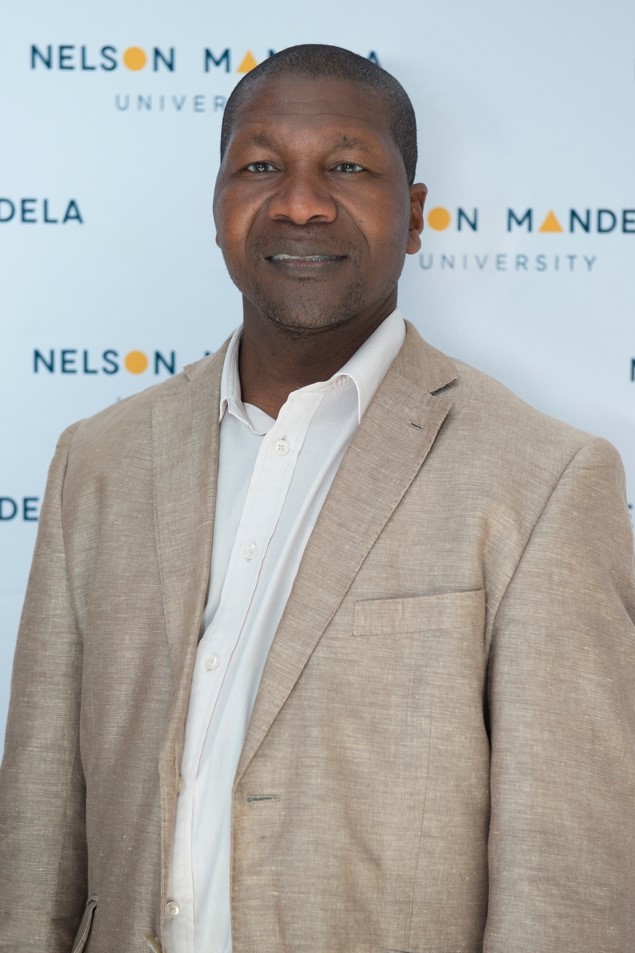
Prof. Azwinndini Muronga (Nelson Mandela University, South Africa)
Biography:
Prof. Azwinndini Muronga is the Executive Dean of the Faculty of Science at Nelson Mandela University. His education started in the villages of Vhembe, Limpopo, South Africa, followed by tertiary education at the University of Venda. He pursued his Honor’s and Master’s studies at the University of Cape Town (UCT) and doctoral studies at the University of Minnesota, followed by postdoctoral research at the Goethe University and at GSI Laboratory. Prior to joining Mandela University, he held positions at UCT and the University of Johannesburg.
Azwinndini’s research interest is on the nuclear matter under extreme conditions in relativistic nuclear collisions and in astrophysical processes. This field is at the intersection of particle physics, nuclear physics, astrophysics, and cosmology. Amongst his engagements, he is the past president of the South African Institute of Physics (SAIP) and currently an ambassador for the Teacher Development and Outreach & Public Understanding of Physics Projects of the SAIP. He also serves on the Board of the South African National Space Agency, and on the C11 Commission on Particles and Fields at the International Union of Pure and Applied Physics (IUPAP). He is part of the International Advisory Group at the U.S. Particle Physics Community Planning Exercise (a.k.a. ‘Snowmass’) organized by the Division of Particles and Fields (DPF) of the American Physical Society. He serves on the International Advisory Committee of the African Strategy on Fundamental Physics and Applications. He is also representing SAIP on the Interim Council of the African Physical Society. He participated in the Expert Working Group which worked on the reconfiguration of NITheP into the National Institute for Theoretical and Computational Sciences (NITheCS). Azwinndini continues to be involved in Learning & Teaching, Research & Training, and Engagement. He treats the three focus areas as equal and in an integrated and entangled way.
Prof Renée C. Kraan-Korteweg (Department of Astronomy, University of Cape Town, South Africa)
Biography:
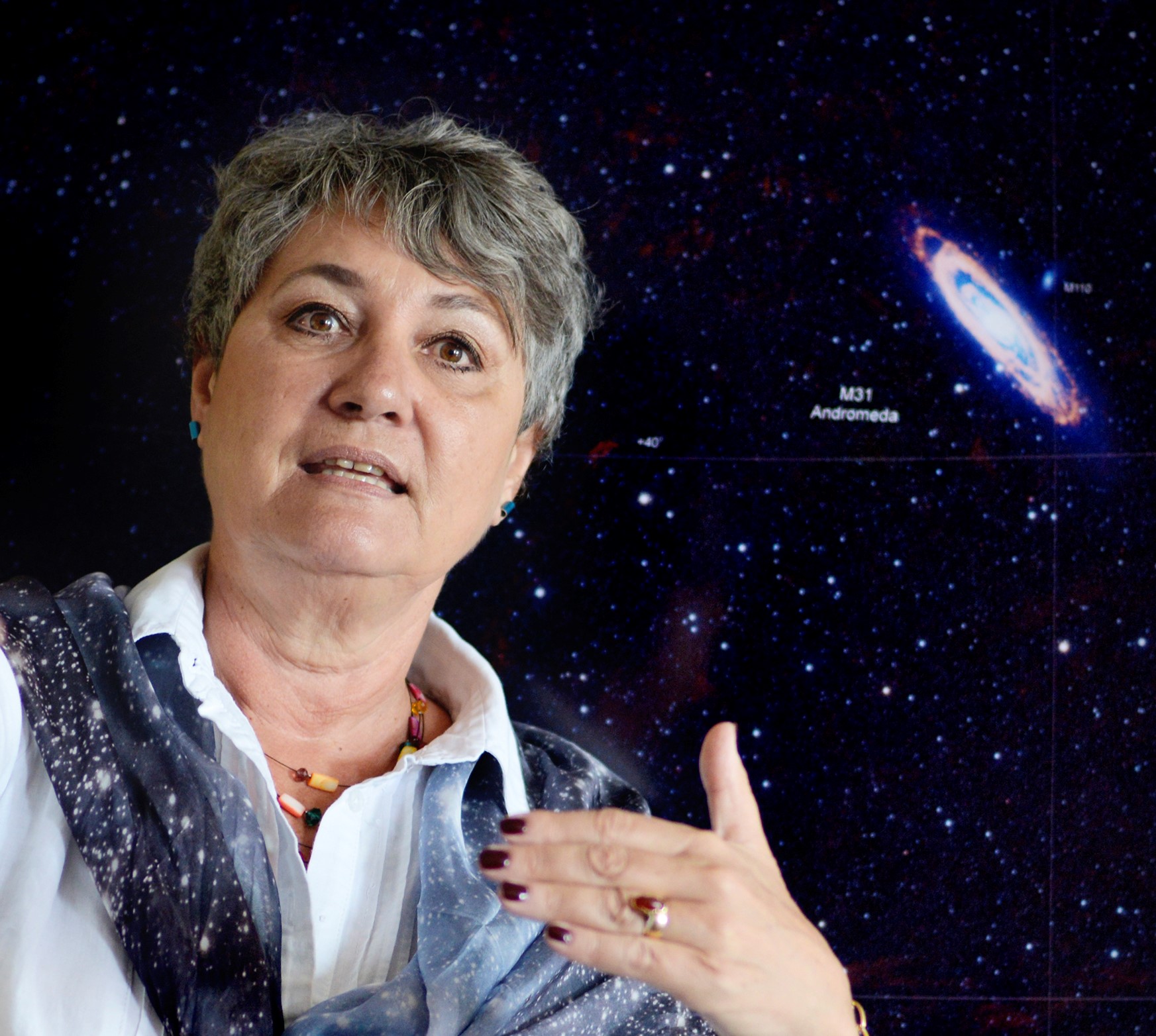
Prof Renée C. Kraan-Korteweg currently holds the SARAO Research Chair in Multi-Wavelength extragalactic Astronomy at the University of Cape Town. She worked in Switzerland, the Netherlands, France and Mexico, before coming to South Africa in 2005 as Head of UCT’s Astronomy Department. Her move was motivated by the exciting developments of South Africa’s government in cutting-edge science-instruments like SALT, MeerKAT and the SKA, and the accompanying human capacity development efforts.
Renée’s research expertise lies in the mapping of the large-scale structures of galaxies in the nearby Universe using various multiwavelength approaches (from optical, near-infrared to the radio) and trace the evolution of gas in galaxies as a function of time an local environments, and a special emphasis on uncovering hidden structures behind our Milky Way to derive their contribution to cosmic flow fields in the nearby Universe,
She holds a NRF B1-rating since 2005, supervises numerous MSc and PhD students, and lectured at undergraduate and postgraduate level, She has served/serves amongst others as an NRF Panel member, the Chair of the Astronomy Advisory Council, the Steering Committee of the international IAU/NRF Office of Astronomy for Development. She is a member of various national and international professional societies and was Vice-President of the International Astronomical Union from 2012-2018.
In recognition of her scientific work, she was elected as member of the Academy of Science of South Africa (2010), Fellow of the Royal Society (2012), UCT Fellow (2015), and in 2018 received the Special Commemorative MeerKAT Award from the Minister of Science and Technology for my outstanding contribution to building SA's scientific and research knowledge base in advancing the field of Astronomy.
Prof Eric Mazur (Harvard University, USA)
Biography:
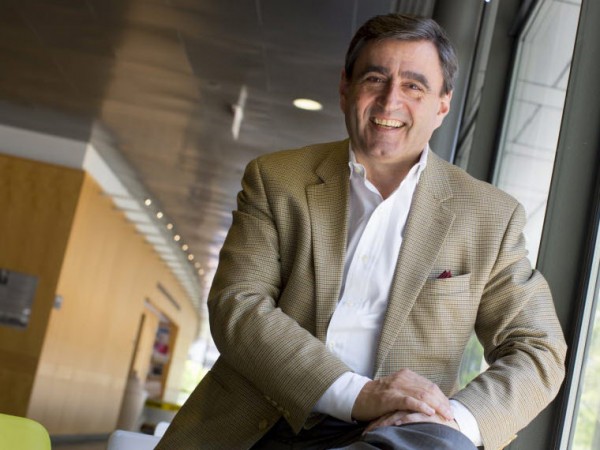
Eric Mazur is the Balkanski Professor of Physics and Applied Physics and Area Chair of Applied Physics at Harvard University, Member of the Faculty of Education at the Harvard Graduate School of Education, and Past President of the Optical Society. Mazur is a prominent physicist known for his contributions in nanophotonics, an
internationally recognized educational innovator, and a sought-after speaker. In education, he is widely known for his work on Peer Instruction, an interactive teaching method aimed at engaging students in the classroom and beyond.
In 2014 Mazur became the inaugural recipient of the Minerva Prize for Advancements in Higher Education. He has received many awards for his work in physics and in education and has founded several successful companies. Mazur has widely published in peer-reviewed journals and holds numerous patents. He has also written extensively on education and is the author of Peer Instruction: A User's Manual (Prentice Hall, 1997), a book that explains how to teach large lecture
classes interactively, and of the Principles and Practice of Physics (Pearson, 2015), a book that presents a groundbreaking new approach to teaching introductory calculus-based physics. Mazur is a leading speaker on optics and on education. His motivational lectures on interactive teaching, educational technology, and assessment have inspired people around the world to change their approach to teaching.
Prof Hilda Kundai Chikwanda (University of Pretoria, South Africa)
Biography:
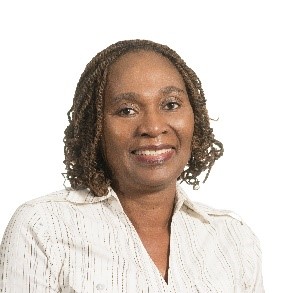
Hilda received her BEng and MEng degrees in Metallurgical Engineering from the Donestk University of Technology. She earned her Ph.D. in Engineering from Imperial College of the University of London.
Her exposure in this field extends to over 30 years. She is an Associate Professor of Engineering and Technology Management in the Graduate School of Technology Management (GSTM) in the Faculty of Engineering Built Environment and Information Technology (EBIT) at the University of Pretoria. Hilda teaches operations management in the honours programme for engineering and technology management (ETM) and engineering management (MEM) and technology and innovation management (TIM) at the master’s level.
She is active in continuous education and has successfully supervised postgraduate students. Her current main area of research is operations management, with a specific focus on continuous improvement and the sustainability of operations, and her research interests include lean thinking, theory of constraints, supply chain, operations strategy and improvement.
Hilda has published extensively. She is a chartered engineer and a fellow of the Institute of Materials, Minerals and Mining (IMO3) as well as a member of the Minerals, Metals and Materials Society (TMS). Professor Chikwanda is C2 rate researcher (NRF).
Dr. Trevor Volkwyn (University of the Western Cape, South Africa)
Biography:
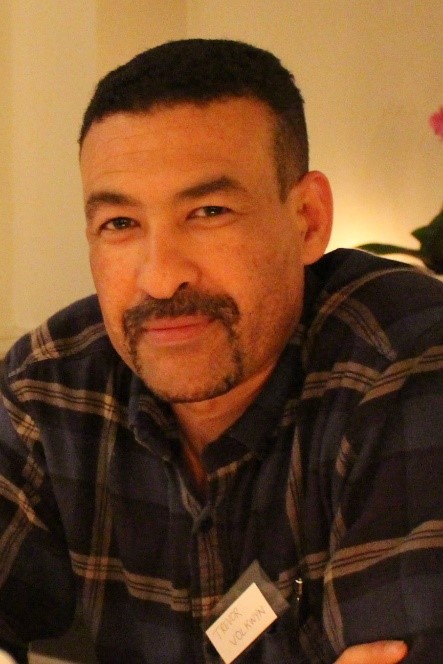
Trevor has spent most of his adult life in academia, more specifically as a trainee physicist and physics educationist. Whilst building a career in experimental nuclear physics and applied physics, Trevor found himself more and more drawn into the world of physics education, developing a passion for the teaching of physics.
As a postgraduate student within the Physics Department at the University of Cape Town (UCT), he recalls the invaluable experience afforded himself by the Academic Development Programme team in the Department of Physics, within which he was allowed to experiment and participate in developing innovative teaching and learning methods, especially with regards to hands-on physics laboratory work. From there he has taught on, helped develop, and lead extended curriculum programmes at three tertiary institutions—Cape Peninsula University of Technology (CPUT), UCT, and the University of the Western Cape (UWC). It is in these roles that he came to appreciate the challenges students experience whilst coming to terms with the multiplicity of meaning-making systems involved in physics work. An interest into research looking into how students may come to better learn these semiotic systems which make up the disciplinary practices of physics, was born.
This culminated in PhD studies at the Division of Physics Education Research within the Department of Physics and Astronomy at Uppsala University in Sweden, where Trevor pursued an empirical study, utilising and contributing to develop a theoretical perspective on the teaching and learning of physics. Trevor decided to return to South Africa to fulfil his calling to make the learning of physics more accessible to students from a range of educational disadvantage, and to build forward the theoretical and empirical work started in Sweden in partnership with UWC.
Prof Philip Harris (MIT, USA)
Biography:
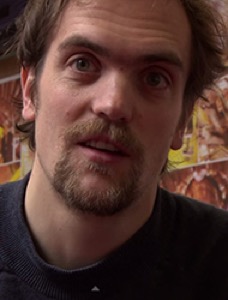
Philip Harris joined the MIT faculty in 2017. Born in Sao Paulo, he received his B.S in Physics from Caltech in 2005, and his Ph.D. from MIT in 2011 on research performed at CERN with the CMS experiment. From 2011-2013, Philip was a CERN fellow working on the Higgs discovery. From 2014-2017, he was a CERN staff scientist working on dark matter searches at the CMS experiment.
Philip seeks to discover dark matter and understand the fundamental properties of the Higgs boson. To search for Dark Matter, he explores a suite of collider searches that probe dark matter at the highest energies. In his work, he has performed some of the most precise measurements of the production of heavy light-like particles, the electroweak bosons. His work complements more conventional dark matter satellite and direct detection experiments providing a new angle of constraints. Recently, Philip has extended this work towards measurements of Higgs boson properties and even more exotic signatures. His work has opened up a new kinematic regime of Higgs bosons that allows for new types of measurements of the Higgs Boson.
Philip’s research exploits new techniques in deep learning to search for the unknown as well as new techniques to resolve the structure of quark and gluon decays, known as jet substructures. Philip is also leading a large effort to build real-time deep learning systems using new types of processor technology. This ranges from deep learning on petabit/s data at the LHC to gravitational wave detection. Philip maintains an interest in jet substructure measurements in the quark gluon medium of heavy ion collisions, along an interest in machine learning techniques.

